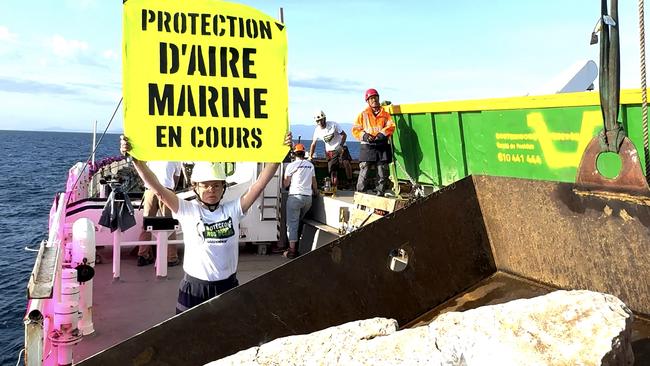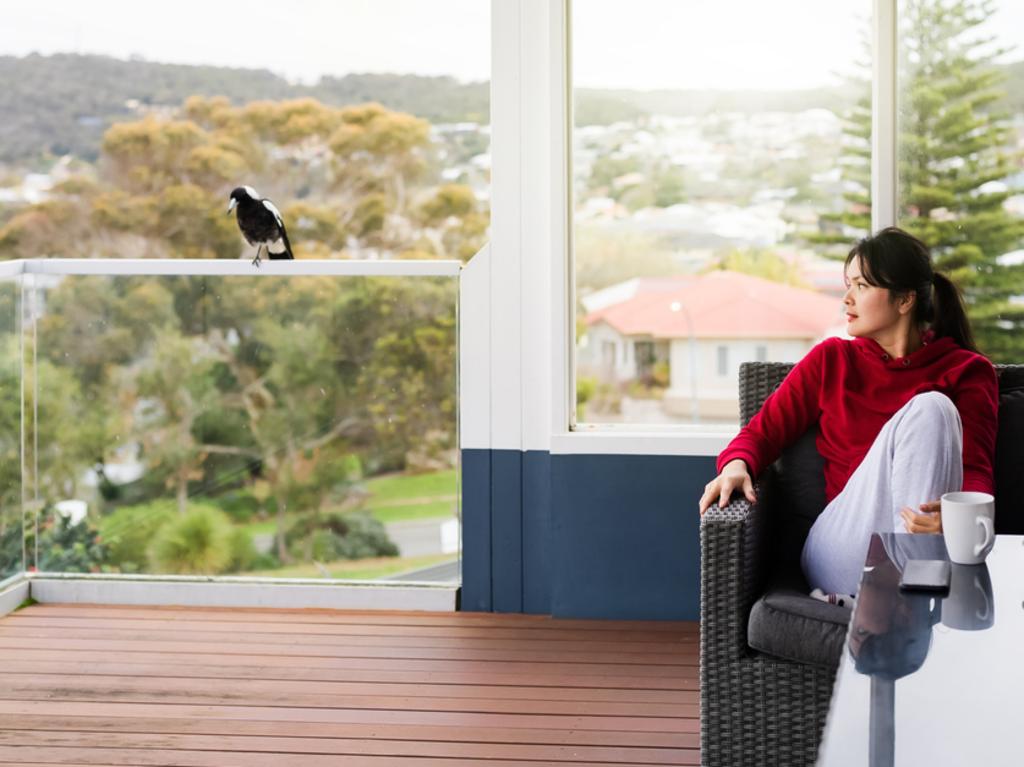If we’re going to protect our oceans, this has to stop
David Attenborough’s team has captured some of the most shocking environmental footage ever shot, its impact reminding me of the horror of seeing TV news reports of baby seals being clubbed to death as a child.

We need to talk about bottom trawling. Veer your mind, my friend, to the sea. To the wonder that skirts our island nation and covers 71 per cent of our planet and endlessly lures us to it. Who is not in awe as we gaze out to waves folding and thumping on sand, to the Moon’s bright path across a night ocean’s inky blackness, to the dazzle of light at play on ruffled water? And now a new film by David Attenborough, Ocean, alerts us to wonders beneath the waves we’ve never seen before.
What is the strange lure of the sea? We’re in thrall to the Moon-sung rhythms of the tides, our bodies responding to the ancient pull. “I really don’t know why it is that all of us are so committed to the sea,” John F Kennedy pondered in 1962. “I think it’s because in addition to the fact that the sea changes, and the light changes, and ships change, it’s because we all came from the sea. And it’s an interesting biological fact that all of us have in our veins the exact same percentage of salt in our blood [plasma] that exists in the ocean, and, therefore, we have salt in our blood, in our sweat, in our tears. We are tied to the ocean.”
But now to bottom trawling, which Attenborough’s film highlights. His team has captured some of the most shocking environmental footage ever shot, its impact reminding me of the horror of seeing TV news reports of baby seals being clubbed to death as a child. This time we get great industrial nets, at seabed level, dragging across the ocean’s floor and piercing it with enormous iron spikes; nets scooping up everything in their path while smashing through coral formations. The mechanical dementors flatten any raised object on the ocean floor, and what is once colour and variety and teeming life is left a desolate wasteland of flat, grey dust; a broken world of lifeless, broken things. It’s heartbreaking.

In a single day these enormously heavy, weighted nets, some as long as football fields, can degrade almost 1.5 square kilometres of seabed. And bottom trawling is happening right now, astonishingly, in areas of the Great Barrier Reef. Scallops, prawns, Moreton Bay bugs and squid are targeted but other species including turtles, dolphins and sharks are scooped up as well. It’s enormously wasteful plundering on an industrial scale.
The brutal practice will be in focus at the upcoming United Nations Ocean Conference in France. The forum’s aim: to accelerate global action on conserving oceans. The catchphrase is “30x30”, a movement to protect 30 per cent of our oceans by 2030. Greenpeace hopes the Global Oceans Treaty will be a game changer for protection and it’s calling on the Government to act (it’s a signatory but hasn’t ratified it.) If 30x30 goes ahead, it will be one of the largest conservation efforts in history.

Our new Chief Scientist is passionate about these matters. Tony Haymet is a professor of oceanography who’s been described as the Yuri Gagarin of the ocean. “The old saying goes that we know more about the back side of the Moon than we know about the bottom of the ocean, and it’s still true,” he explained recently. “Every time we go more than 100 metres offshore or dive deeper than 50 or 60 metres, we discover new species. Part of the human condition is to discover the richness of life here on planet Earth. We’re just scratching the ocean’s surface.”
Ocean is wondrous filmmaking, harrowing but hopeful too – as Attenborough shows that decimated sea beds can recover within five years. Watching it is an emotional experience, because the film shows that we have time to reverse the damage these great industrial nets of pillaging and plundering have wrought. The message: healthy oceans keep our entire planet stable. As 99-year-old Attenborough concludes in this galvanising swansong, “If we save our oceans, we save our world.”






To join the conversation, please log in. Don't have an account? Register
Join the conversation, you are commenting as Logout